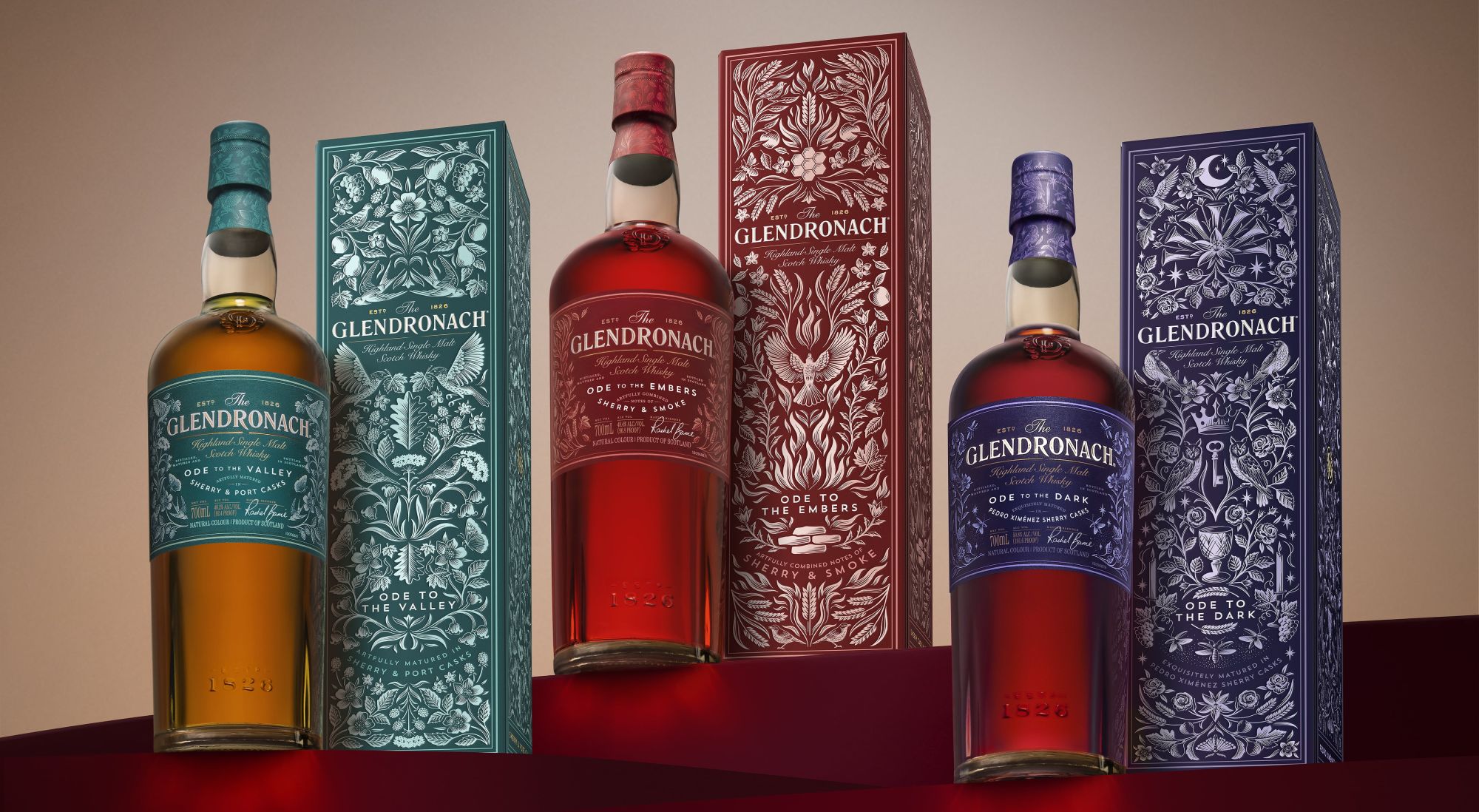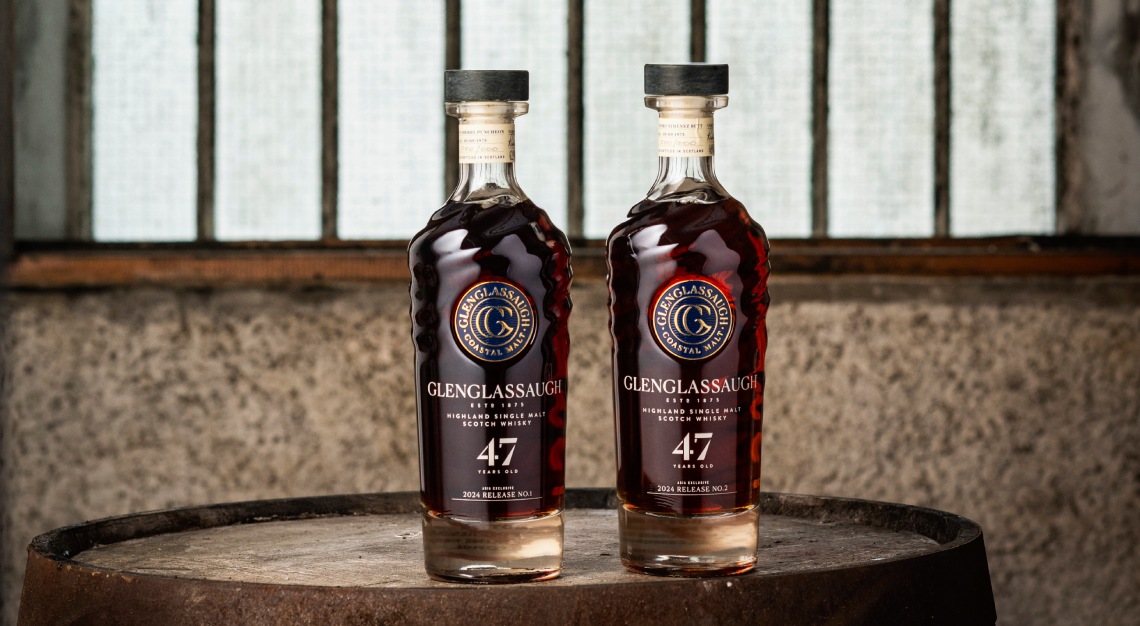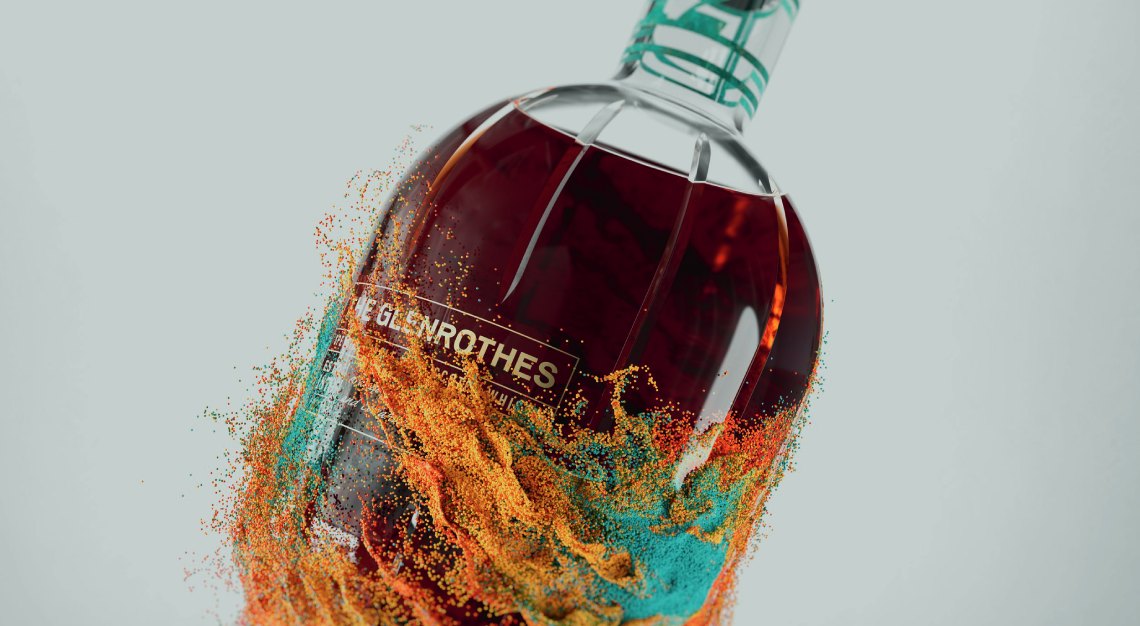With the launch of The Master’s Anthology, The Glendronach distillery bottles nearly two centuries of sherry cask wisdom—and a little Highland soul
The Glendronach has never been one to rush. Tucked away in the Valley of Forgue, the Highland distillery has quietly earned its reputation as one of the world’s great sherried single malts, maturing its whiskies in the deepest, darkest recesses of Pedro Ximénez and Oloroso casks sourced from Andalucía. Its latest release, The Master’s Anthology, is a tribute to that patient philosophy—a three-part collection of Highland single malts that explores the full symphonic range of sherry cask maturation.
Curated by master blender Rachel Barrie, the series avoids flashy age statements and experimental flourishes. Instead, it leans into something more profound: elegance, restraint, and the kind of layered complexity that only time and tradition can achieve.
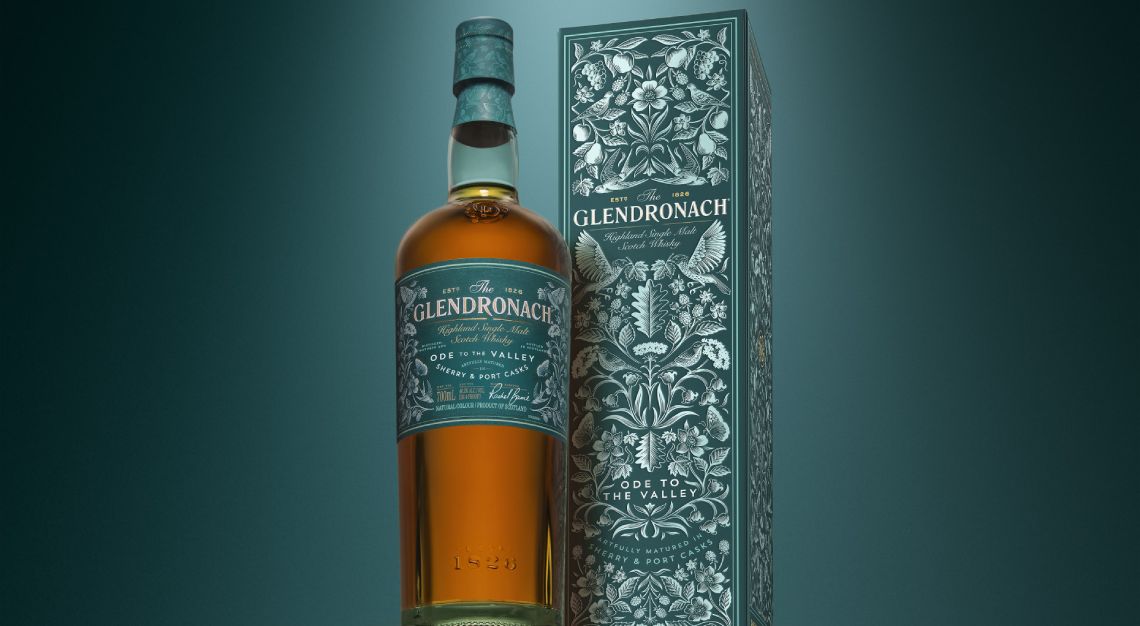
The collection opens with Ode to The Valley, an expression inspired by the verdant landscape surrounding the distillery. Matured in a blend of port and sherry casks, it is a fruit-forward whisky with notes of summer berries, floral nectar, and a finish reminiscent of blackberry crumble. Burnished copper in colour and bottled at 46.2 per cent ABV, it offers a gentle nod to the softer, sweeter side of sherried whisky.
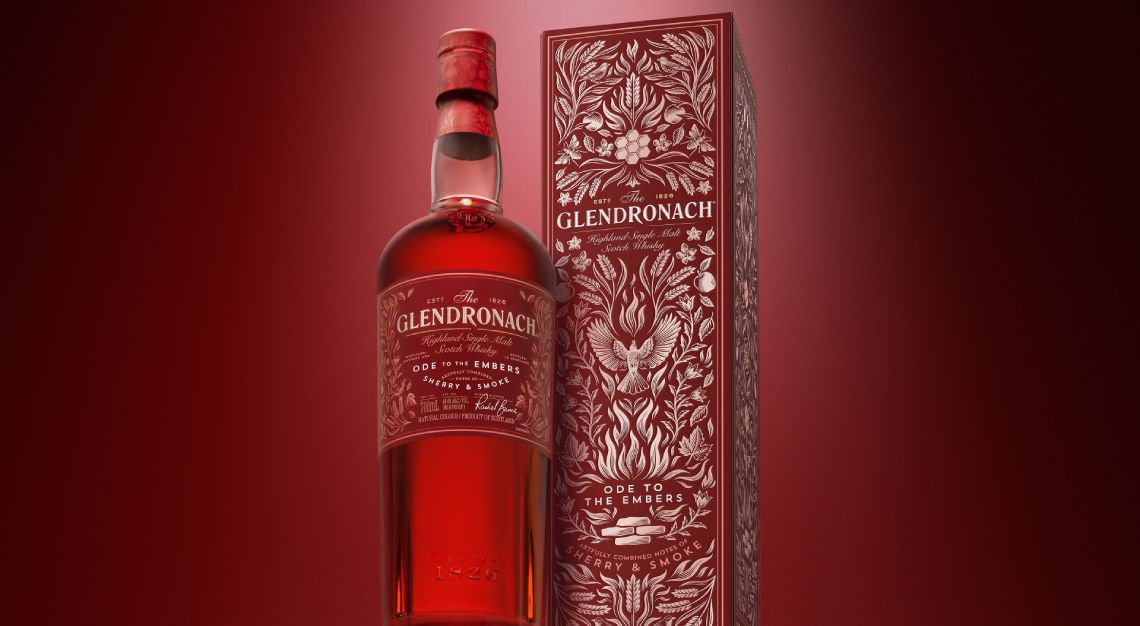
Next comes Ode to The Embers—the wildcard of the trio, and a rare peated expression from The Glendronach. Spiced toffee, flamed orange, and smoked chocolate fudge unfold in waves, the result of a skilfully balanced blend of Oloroso and Pedro Ximénez casks. Bottled at 48.4 per cent ABV, it is unexpectedly smouldering, evoking memories of traditional malt kilns and crackling fires. It is also likely to intrigue even the most seasoned fans of the distillery.
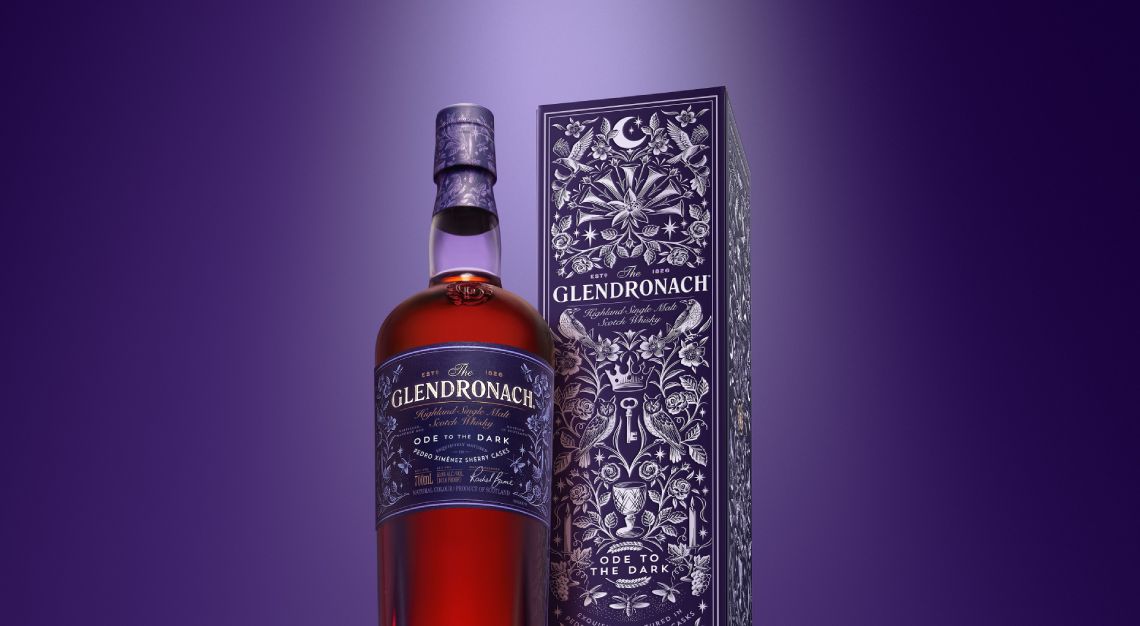
The final release, Ode to The Dark, lives up to its name: dark, bold, and unapologetically indulgent. Matured exclusively in PX sherry casks and bottled at a robust 50.8 per cent ABV, it reveals layers of espresso, crème caramel, and black cherry. Luxurious without being overwrought, it provides a fitting crescendo to the anthology, and is arguably the most collectable of the three.
